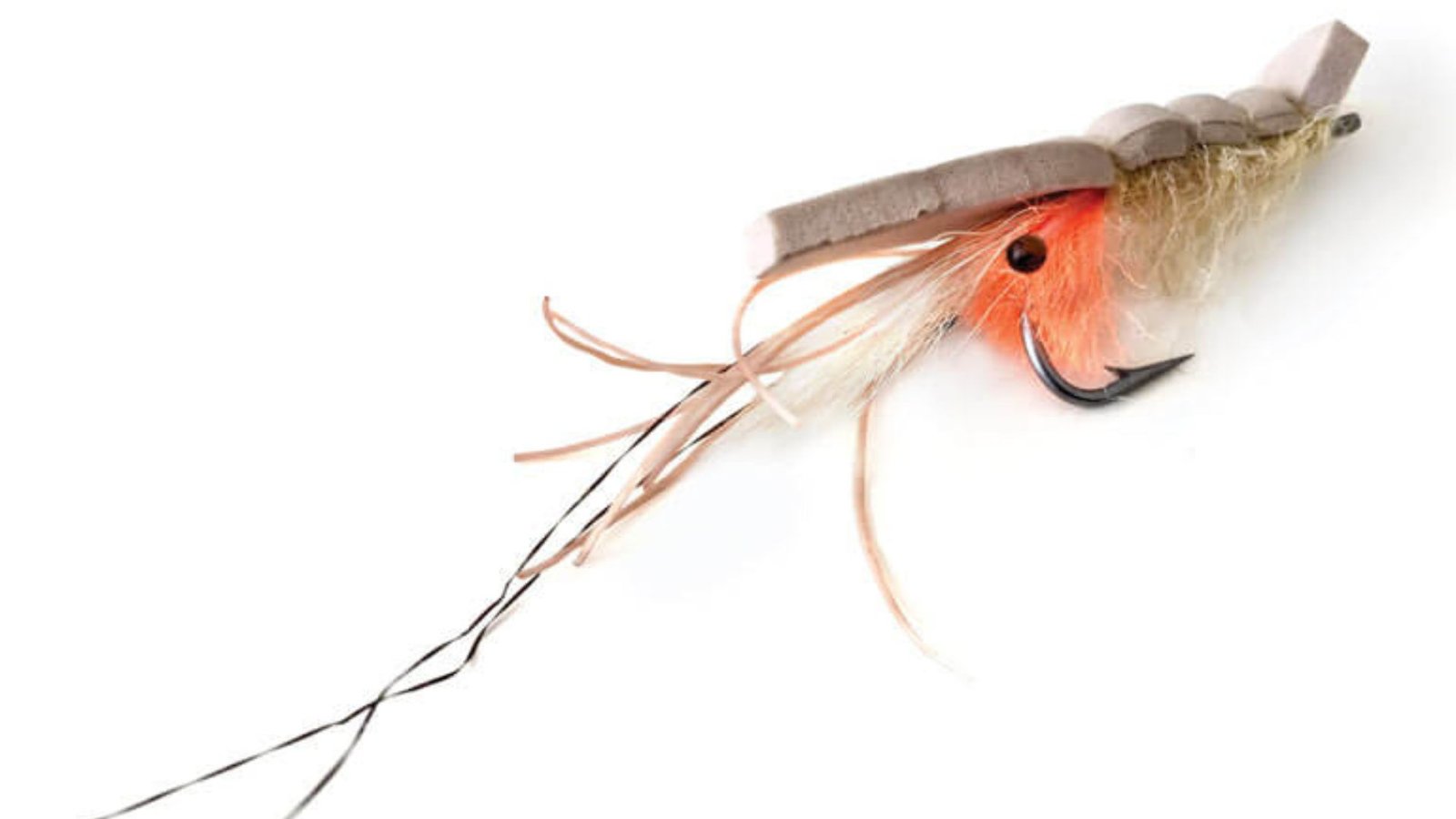To effectively use social media to connect with salmon fly fishers, follow these steps to engage with the community and share your passion:

How to Use Social Media to Connect with Salmon Fly Fishers
Understanding Your Audience
Before diving into social media, it’s crucial to understand your target audience within the salmon fly fishing community. Are you aiming to connect with beginners looking for tips, seasoned anglers sharing experiences, or perhaps regional groups focused on specific salmon species or fishing techniques? Identifying your audience helps tailor your content and engagement strategies effectively.
Choosing the Right Platforms
Selecting the appropriate social media platforms is key to reaching and engaging with your target audience:
- Instagram: Known for visual content, Instagram is ideal for sharing stunning photos and videos of flies, fishing spots, and successful catches. Use hashtags like #SalmonFlyFishing and #FlyFishingLife to increase discoverability.
- Facebook: Joining relevant groups and communities allows you to participate in discussions, share insights, and learn from others in the community. It’s a great platform for longer-form content and engaging with a diverse audience.
- Twitter: Utilize Twitter to engage in real-time conversations using fishing-related hashtags. It’s effective for sharing quick tips, updates on fishing conditions, and participating in industry discussions.
- YouTube: Create video content showcasing fishing techniques, gear reviews, fly tying tutorials, and fishing adventures. YouTube is excellent for building a subscriber base and demonstrating expertise in salmon fly fishing.
Creating Valuable Content
To attract and retain followers, provide valuable and engaging content:
- Educational Posts: Share tips on fly tying methods, casting techniques, and selecting the right gear. Educational content establishes you as a knowledgeable resource in the community.
- Visual Appeal: High-quality images and videos of flies in action, scenic fishing locations, and successful catches captivate your audience and encourage engagement.
- Stories and Experiences: Personal anecdotes, fishing stories, and lessons learned create authenticity and foster a sense of community among followers.
- Seasonal Updates: Keep followers informed about salmon runs, migration patterns, fishing seasons, and peak times to catch specific salmon species.
Engaging with the Community
Building relationships and networking are essential in the fishing community:
- Active Engagement: Respond to comments, questions, and messages promptly. Engage with other anglers’ content by liking, sharing, and commenting to strengthen connections.
- Collaborations: Partner with fellow anglers, fishing brands, or conservation organizations for joint promotions, giveaways, or collaborative content. Collaborations broaden your reach and introduce you to new audiences.
- Participate in Events: Attend virtual fishing tournaments, online meetups, or webinars to exchange knowledge, share experiences, and expand your network within the fishing community.
Leveraging Hashtags and Trends
Harness the power of hashtags and trending topics to increase visibility:
- Strategic Hashtags: Use relevant fishing hashtags to reach a broader audience interested in salmon fly fishing. Research popular hashtags in your niche and incorporate them into your posts for increased discoverability.
- Trending Topics: Stay informed about current fishing trends, news, and challenges. Participate in trending conversations to stay relevant and engage with the community on timely topics.
Promoting Conservation and Sustainability
Advocate for responsible fishing practices and environmental stewardship:
- Educational Content: Share information on fishing regulations, catch-and-release techniques, and conservation initiatives. Raise awareness about protecting salmon habitats and supporting sustainable fishing practices.
- Community Involvement: Highlight local conservation efforts, volunteer opportunities, or initiatives that contribute to preserving salmon populations and their ecosystems.
Monitoring Performance and Adaptation
Regularly assess your social media performance to refine your strategy:
- Analytics Tools: Utilize platform analytics to track engagement metrics, audience demographics, and content performance. Adjust your strategy based on insights to optimize reach and engagement.
- Feedback Loop: Listen to feedback from your audience and adapt your content strategy accordingly. Understanding what resonates with your followers helps you create more compelling and impactful content.
By following these steps, you can effectively use social media to connect with salmon fly fishers, share your passion for fishing, and contribute positively to the fishing community online. Stay consistent, authentic, and responsive to build meaningful relationships and enhance your fishing experiences.



